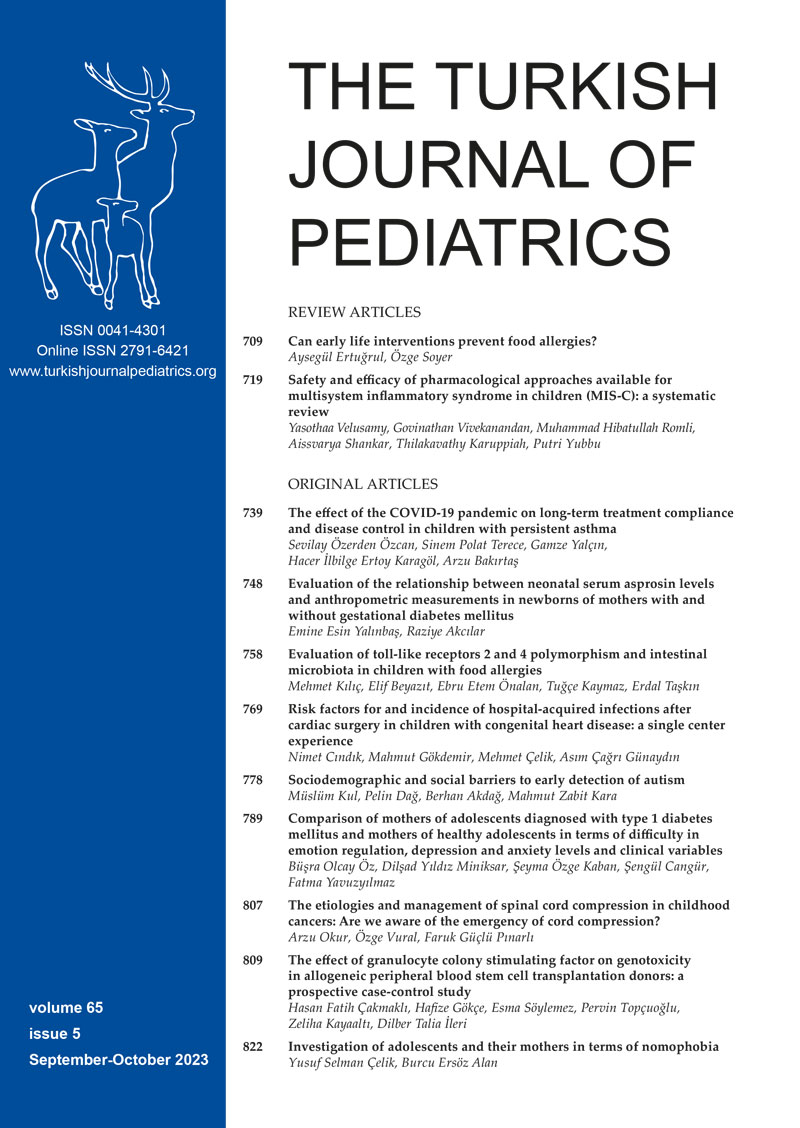Abstract
Background. Leprosy in children is a strong indicator of the recent failure of leprosy control and disease transmission programs. For twenty-two years, leprosy has been declared `eliminated as a public health hazard,` yet new cases continue to emerge in endemic areas. The new case detection rate among the child population was recorded at 4.4 per million children. Because of their underdeveloped or neonatal immunity and exposure to intrafamilial contacts, children tend to be the most vulnerable population.
Case. We present a case of the borderline lepromatous type of leprosy in a 9-year-old Indonesian male patient with the chief complaint of three stiff fingers on his left hand that began four years ago and hypopigmented patches on the back and buttocks that began five years ago. In this case, there was a history of leprosy in his mother`s sister, who had died. Leprosy in the patient was suspected of possibly being transmitted from his mother`s sister who had intense contact with the patient. The results of bacteriological examination with Ziehl- Neelsen staining of tissue scrapings found acid-fast bacilli. He was treated with a multibacillary multidrug regimen for 12 months. Periodical observations after the patient received the treatment revealed no new spots on the patient`s skin, some of the previous hypopigmented patches seemed to fade, especially those on the back.
Conclusions. In the absence of an effective vaccine, early diagnosis and treatment are critical in preventing disability and deformity and reducing the physical, psychosocial, and economic burden of the disease.
Keywords: Morbus Hansen, borderline lepromatous, childhood, leprosy
Copyright and license
Copyright © 2023 The Author(s). This is an open access article distributed under the Creative Commons Attribution License (CC BY), which permits unrestricted use, distribution, and reproduction in any medium or format, provided the original work is properly cited.














